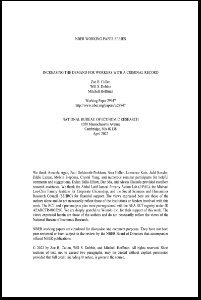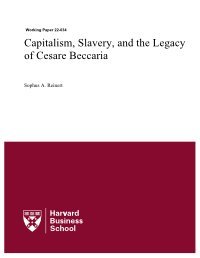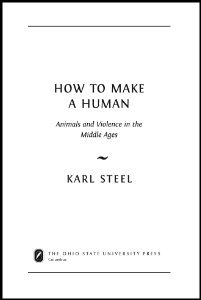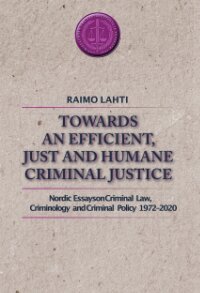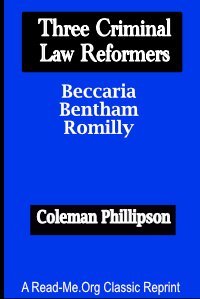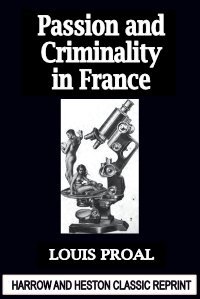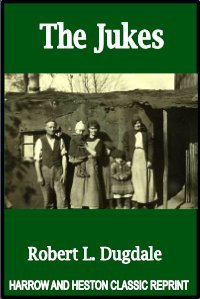By Zoe B. Cullen, Will S. Dobbie, and Mitchell Hoffman
State and local policies increasingly restrict employers’ access to criminal records, but without addressing the underlying reasons that employers may conduct criminal background checks. Employers may thus still want to ask about a job applicant’s criminal record later in the hiring process or make inaccurate judgments based on an applicant’s demographic characteristics. In this paper, we use a field experiment conducted in partnership with a nationwide staffing platform to test policies that more directly address the reasons that employers may conduct criminal background checks. The experiment asked hiring managers at nearly a thousand U.S. businesses to make incentive-compatible decisions under different randomized conditions. We find that 39% of businesses in our sample are willing to work with individuals with a criminal record at baseline, which rises to over 50% when businesses are offered crime and safety insurance, a single performance review, or a limited background check covering just the past year. Wage subsidies can achieve similar increases but at substantially higher cost. Based on our findings, the staffing platform relaxed the criminal background check requirement and offered crime and safety insurance to interested businesses.
Cambridge, MA: National Bureau of Economic Research, 2022. 42p.


